Into The Nineties
![]()

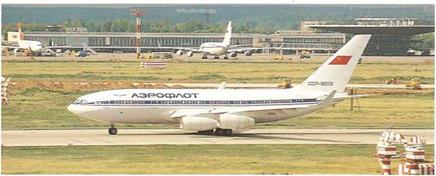
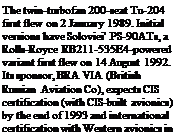
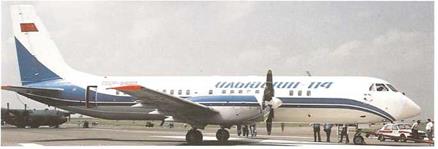


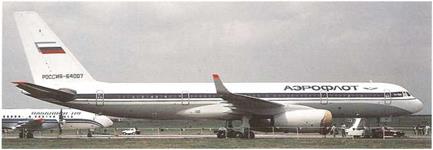
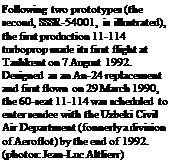 Metamorphosis
Metamorphosis
After Mikhail Gorbachev launched the policies of glasnost and perestroika in the mid-1980s, the Soviet Union was never the same again. The fires of communist revolutionary spirit, long dampened, were extinguished as the smoldering embers of independence broke into flames when Boris Yeltsin led the final overthrow of communist power in 1991. In the capitals of the autonomous republics, political and social instincts combined to proclaim regional identities and to break away from the perceived domination of centralized Moscow control. But in a country that stretched almost halfway around the earth, complete balkanization would have led to chaos, and recognizing practical and economic realities, eleven of the states of the Union of Soviet Socialist Republics (U. S.S. R.) were proclaimed the Commonwealth of Independent States (CIS) on 22 December 1991.
Problems of Fragmentation
The three Baltic republics had already reclaimed their independence. The remaining twelve states came to grips with the challenge to replace a 70-year-old economic system. The 29 local regions (other than the four Moscow entities and the three Baltics of Aeroflot) took steps to go their own way.
The sheer magnitude of sharing out some 11,000 aircraft and more than 600,000 staff was an awesome prospect. Nevertheless, aircraft, ground installations, airfields and airports, navigational services, and personnel of the old Aeroflot giant would be reidentified with the new regional airlines, with the transfers amounting almost literally to no more than the signing of documents. At the time of the publication of this book, however, only a handful of aircraft have been painted in the new color schemes of the independent companies.
The New Aeroflot
Even before the creation of the CIS, the decision was made in Moscow that the Aeroflot name should remain as that of the official flag carrier of Russia’s international air routes. Effectively, it simply adopted the fleet of Sheremetyevo II, Moscow’s main international airport, formerly one of the 36 regional subdivisions. Of the 103 aircraft, 28 were long-range Ilyushin ll-62s and 18 were Ilyushin 11-86 Airbuses
The new Russian International Airlines was no longer inhibited by an obligation to operate only Soviet-built aircraft, although Aeroflot Soviet Airlines remained as the legal name until 23 July 1992. As described on page 93, it leased a small fleet of Airbus A310s. A new era had begun.
|
|










